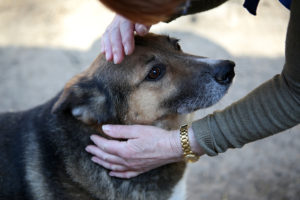How not knowing what you don’t know hurts animals
Is not knowing what we don’t know hurting the animals in our care? Recently, APSCAPro published a blog post, “We Don’t Know What We Don’t Know.” It was about how shelter dogs pegged as having “behavior problems” often didn’t have those same behaviors in a foster home. They turned out to be shelter-specific behaviors, and… Learn More










